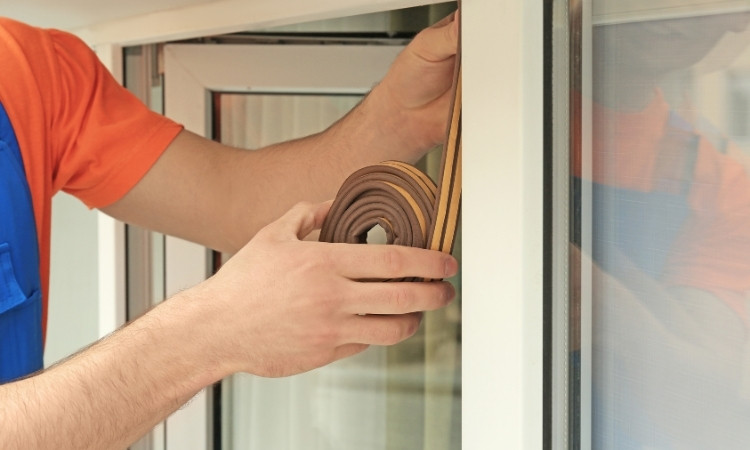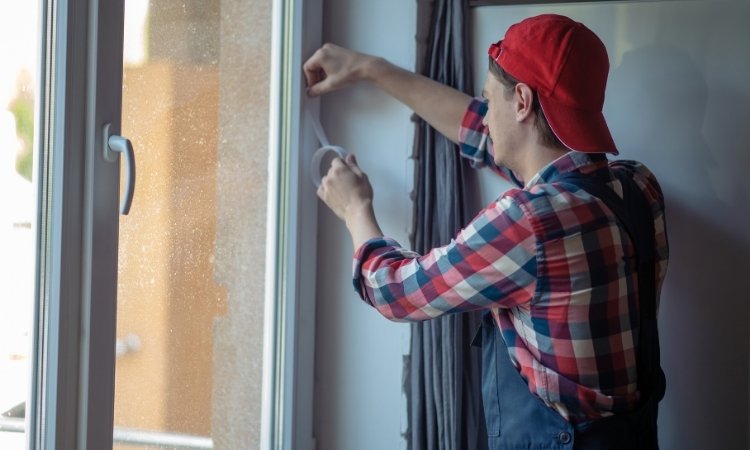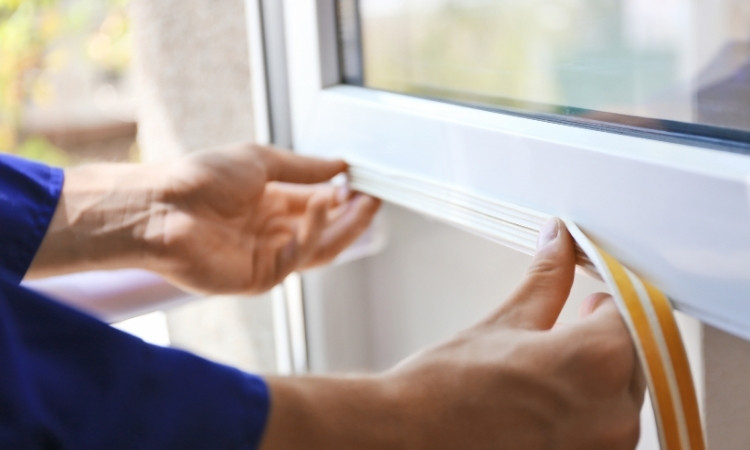Window weather stripping installation is essential for anybody wanting to minimize utility expenses while stopping drafts and creating a superior living environment in their home. The Singapore climate, with its combination of heat and rainfall, demands proper window sealing that safeguards your house from moisture damage and heat while helping to maintain a dry condition.
This guide will show you all the steps to successfully install window weather stripping, creating an energy-efficient, comfortable residence. Therefore, LS Window Repair Services Singapore comes forth to explain the complete process of installing window weather stripping in Singapore. Moreover, their window latch replacement, window repair, and window rivet replacement are the best in Singapore.
Why Is Window Weather Stripping Important?
Before we get into how to install window weather stripping, let’s discuss why it matters.
- Prevents Air Leaks: Singapore homeowners use good window weather stripping to keep heat from leaking into their space, and they need less air conditioning to feel comfortable. What makes Singapore unique is that residents must install air conditioning since high temperatures and humidity force them to use it.
- Reduces Energy Costs: Sealing off window gaps helps control energy loss and decreases your electricity spending. The long-term benefit of lowered energy expenses makes up for the cost of putting window weather stripping in place.
- Keeps Out Moisture: High humidity in Singapore creates wetness that promotes mold growth. Weather stripping blocks water from entering your house, lessening the risks of wood damage and mold growth, which lowers the quality of your indoor air and harms your home’s appearance.
- Improves Comfort: When your windows are tightly sealed, you will experience better comfort in terms of sound quality and air movement. Weather stripping seals on windows protects urban residents from loud outside noises that can enter their homes effectively.
- Damage Protection: Weather stripping installation benefits your window frames by shielding them from daily damage. Unclosed windows face more damage from climate changes and contact with weather elements, so repairs or new windows become necessary.

Types of Window Weather Stripping
Several materials exist for weatherstripping window installations and you need to choose the best one for your project.
- Foam Tape fits imperfect joints well yet needs replacement sooner than most solutions because it does not last as long. It serves as a temporary solution yet needs repeated replacement sooner than other options.
- V-Strips (Tension Seal) create reliable protection for sliding windows because of their durability. These strips use their shape to press tightly against the window movement parts for sealing protection.
- Felt Weather Stripping is an inexpensive option to install, but stops working in high humidity. Felt materials take in water readily so they work poorly for Singapore’s wet climate until water-resistant treatments are applied.
- Silicone or Rubber strips offer excellent insulation properties in Singapore’s environment. The materials resist temperature swings and moist conditions so they seal well for many years.
- A door and window sweep works well to block drafts from the bottom of windows. These materials work best for casement windows and sliding doors that have spaces near their bottoms.
How to Install Window Weather Stripping in Singapore
These simple steps will guide you in installing window weather stripping successfully.
Step 1: Gather Your Materials
You will need:
- Appropriate sealing materials made from foam rubber or silicone.
- Measuring tape
- Scissors or a utility knife
- Cleaning cloth and rubbing alcohol
- If you decide to use a specific stripping material, then you need adhesive.

Step 2: Clean the Window Frames
Begin by cleaning the window frame surface so the weather strip can stick well. A soft cloth with rubbing alcohol can efficiently clean window surfaces of debris and oil residue.
Step 3: Measure the Window Gaps
Measure each space between your window using a simple tape to find the right weather stripping. Trim weather stripping pieces to produce the needed dimensions.
Step 4: Apply the Weather Stripping
- Apply the foam tape by removing its backing and fixing it to the window edges securely.
- Place V-strips on the window sides so they make closed contact with the frame.
- Place rubber or silicone strips onto the frame by sticking them to the surface with glue or provided double-sided tape.
Step 5: Test the Seal
Check if window weather stripping blocks stray air by moving the window up and down several times after installation. Make minor adjustments to the stripping if needed for a better seal.
Step 6: Maintain Your Weather Stripping
Check your weather stripping for conditions every three months. Routine inspection of weather stripping allows you to replace old or damaged parts right away.
Conclusion
A basic yet efficient process of window weather stripping installation enhances the triple benefits of higher energy efficiency and improved comfort levels and higher moisture protection. This step-by-step guide makes sure you successfully execute your complete window weather stripping project or your small gap sealing tasks.
Well-sealed windows will deliver both energy savings and better living comfort under Singapore’s tropical weather conditions. The current moment serves as an excellent opportunity to examine your windows if you have not done so recently.

